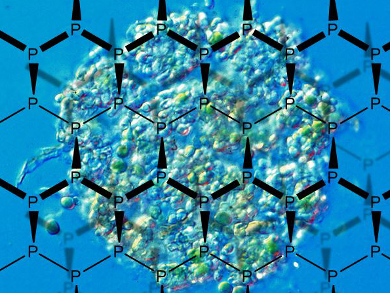Black phosphorus (BP), the latest addition to the family of 2D layered materials, has attracted much interest owing to its potential application in optoelectronics, nanoelectronics, and biomedicine. However, very little is known about its toxicity, and this has to be assessed fully before the potential use of black phosphorus in biomedical applications.
Martin Pumera, Nanyang Technological University, Singapore, and colleagues have studied the cytotoxicity effects of black phosphorus by incubating various concentrations of BP with human lung epithelial cells (A549) for 24 hours and subsequently assessing their cell viabilities using water-soluble tetrazolium salt (WST-8) and methylthiazolyl-diphenyltetrazolium bromide (MTT) assays.
BP exhibited a dose-dependent response on A549 cells, with an intermediate toxicity between that of graphene oxides and transition-metal dichalcogenides. The relatively low toxicity paves the way to the possible utilization of black phosphorus in biomedical applications. However, further tests on its toxicity and health impacts are challenging due to its low stability in ambient conditions.
- The Cytotoxicity of Layered Black Phosphorus,
Naziah Mohamad Latiff, Wei Zhe Teo, Zdenek Sofer, Adrian C. Fisher, Martin Pumera,
Chem. Eur. J. 2015.
DOI: 10.1002/chem.201502006




